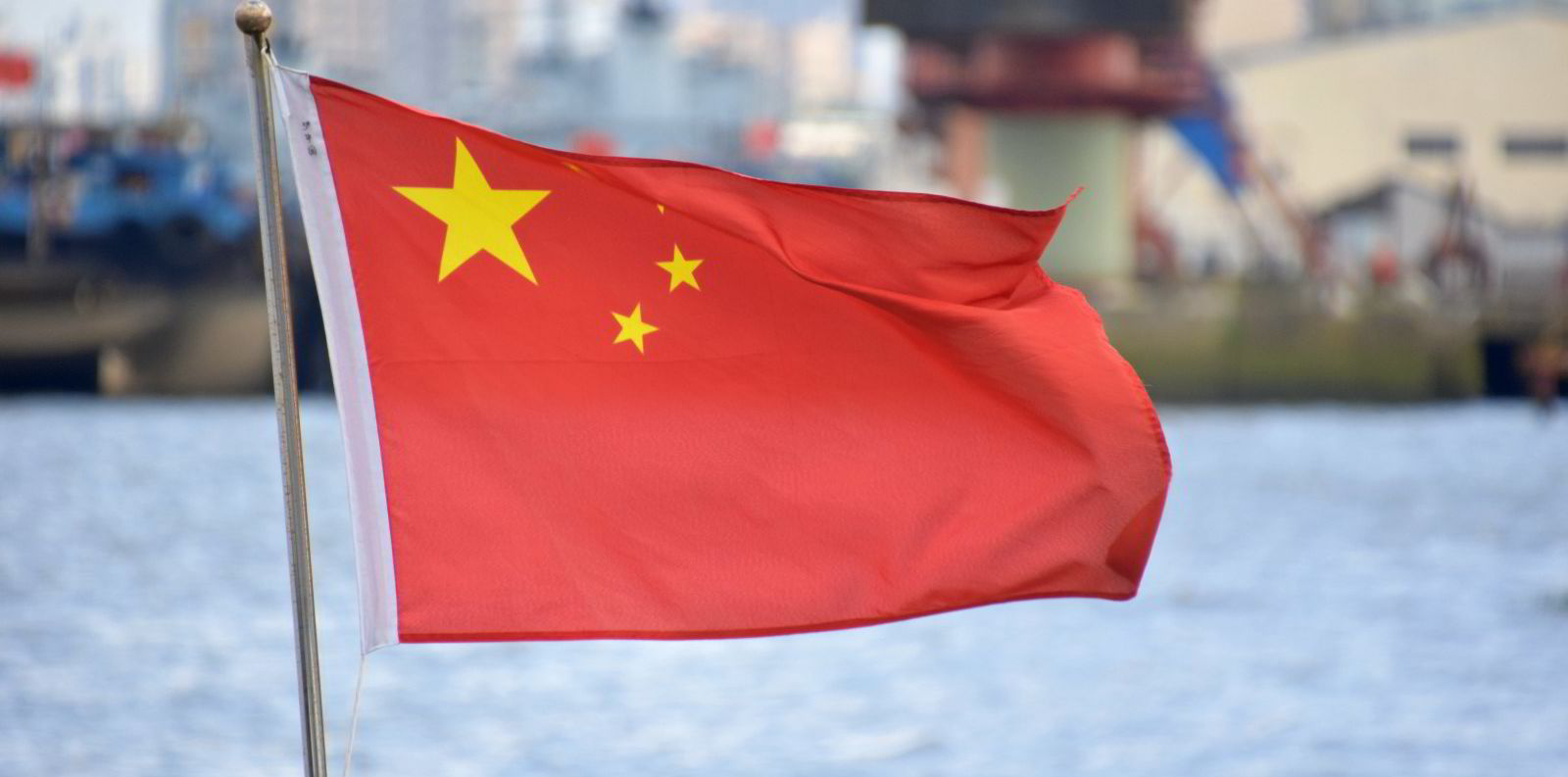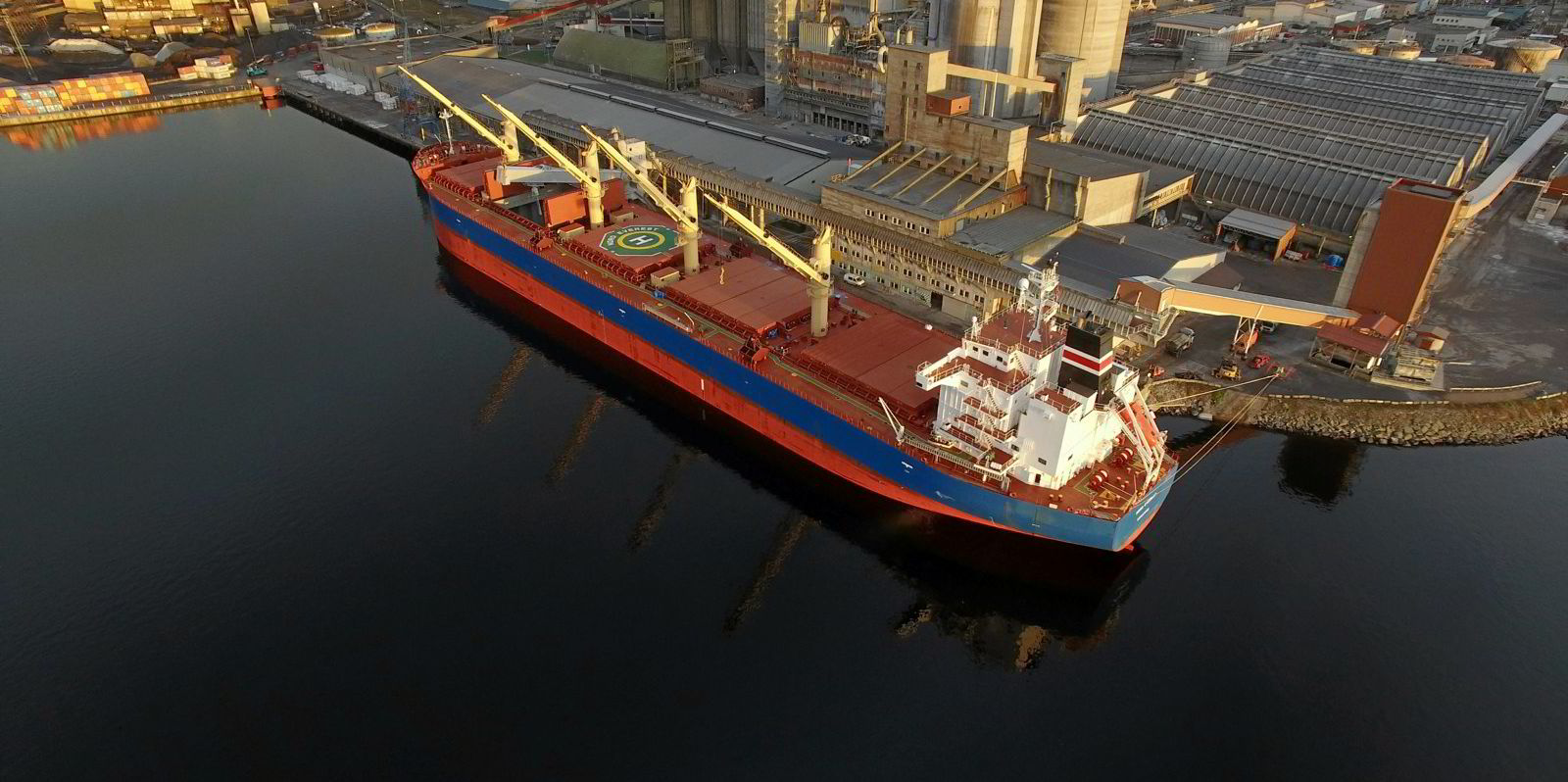Freight forward agreements (FFAs) for bulkers made big advances on Wednesday, which continued into Thursday.
Kerry Deal, head of business development at FFA broker Freight Investor Services, told TradeWinds that the rally had been influenced by the firming physical market for capesizes.
"The sharp moves up we’ve seen on capesize FFAs for the last couple of days are mainly down to short covering against changing physical sentiment," he said.
"Market positioning had become quite short over the past few weeks, and as the first hints of a floor on physical were seen on Tuesday afternoon, we saw a rush to buy back short positions, driving up the front-end paper contracts these past two days."
July 5TC contracts for capesizes settled $4,218 higher on Wednesday, at $34,236 per day.
The contract has gained 31% since it bottomed out on Monday at $29,000 per day, analysts from Clarksons Platou Securities observed in a note on Thursday.
Implied rates for the rest of this year also saw a big lift at the close of trading on Wednesday.
FFAs for the third quarter (Q3) closed $2,994 higher than Tuesday, at $36,024 per day.
Paper for the fourth quarter (Q4) settled $1,986 higher, at $32,250 per day.
That said, the capesize market remains steeply backwardated out to 2023, for which contracts settled at $19,507 per day on Wednesday.
Panamax push
This rally, Deal said, has also extended to the panamax market.
"The panamax paper has been influenced by the sharp jump on capes, which has only added fuel to the fire in what has been a ragingly strong physical market, driven by fronthaul and TA [transatlantic trades]."
The panamax 5TC contract for July settled at $30,886 per day on Wednesday, which was $2,350 higher than the previous close.
One FFA trader, who did not wish to be named, told TradeWinds that the upwards inflection was no surprise, "but maybe half a surprise it moved so decisively upwards".
"The ratios between sizes and the contango in the market have been stretched like a piano wire," he said.
"Basically something had to give and, given the overall market conditions, it was the capes that catapulted upwards, bringing everything with it."
Physical market
After weeks of coming off, physical capesize rates are firming again after hitting the floor.
Baltic Exchange panellists assessed the capesize 5TC rate, the weighted average spot rate across five key routes, $3,407 higher at $24,039 per day on Thursday.
But the physical market remains more of a mixed picture than derivatives.
"Several fixtures used to reference backhaul, Saldanha Bay and Tubarao to Rotterdam, were both heard to have fixed at negative time-charter equivalent levels on prompter dates," the Baltic said in its daily market report on Wednesday.
"Ballasters on earlier positions for Brazil, some idle off South Africa, are giving charterers easy pickings for prompt cargoes."
On the flip side, July loading dates are said to be seeing higher bids and the Atlantic basin is gaining strength on the back of stronger front-haul fixtures.
A massive $4,685 was added to the Baltic assessment of capesize rates on Thursday for trips from Europe to China/Japan, which was estimated by panellists at $45,635 per day.
Demand
Analysts from Clarksons Platou Securities said the continued rebound in steel prices in China — which were up by 3% on Thursday — is supporting higher freight levels.
"Coal is also back in fashion of sorts, with Australian thermal coal prices at a decade high," the analysts said, citing Reuters reports.
High temperatures in northern China have prompted a surge in energy demand from air conditioning, which has boosted demand for LNG and coal from power plants, the note said.
Three Chinese provinces have reportedly removed coal import caps until 30 June.
Six-figure freight market?
Equities analysts have some very bullish expectations for the second half of 2021.
Petter Haugen, head of shipping research for financial services firm Kepler Cheuvreux, believes that the spot market for capesizes "is more likely than not" to see six-figure daily freight rates in late 2021.
"Originally we thought of that as a possible Q4 event, but given that Asian coal prices have increased above $120 per tonne already, there is a fair chance we will see the $100,000-per-day mark already in Q3," Haugen said in a note on Thursday.










